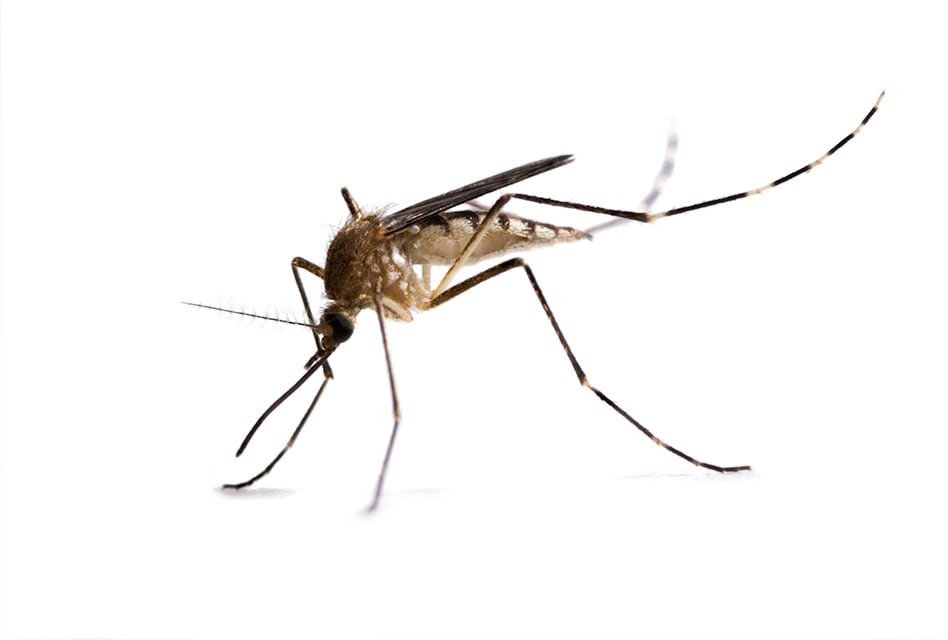The Anatomy of a Mosquito
Find nearby providers to get rid of mosquitoes today
Amazing Facts You Need to Know About Mosquito Anatomy
Mosquitoes are a family of small flying insects. Most mosquito species feed on either nectar or blood. One interesting fact with mosquitoes is that only the female species feed on blood while the male solely feeds on nectar.
Mosquitoes are known to transmit diseases to humans. Some of these diseases include malaria, yellow fever and filariasis. As a result, mosquitoes are regarded as very dangerous insects because they are usually responsible for a number of deaths, especially in marginalized regions such as Africa and South America. This is why scientists today are investing in mosquito-related research.
Anatomy
Mosquitoes vary in body length and most of these insects average approximately 5 to 6 mm long. Just like other insects, a mosquito’s body is divided into three main parts – the head, thorax, and abdomen. A typical mosquito weighs about 3 milligrams. Male species come with a lifespan of approximately 7 days while the female species has a lifespan of around 14 days, however, when mosquitoes are kept in captivity they can live for up to one calendar month.
The head is usually specialized for feeding. It contains sensory organs which are in the form of antennas and compound eyes. The compound eyes are located towards the occiput on different sides. The compound eyes are composed of ommatidia. These are hexagonal lenses that are capable of detecting very slight movements. The upper eye region has ocelli, which are basically simple eyes that are photosensitive. These eyes normally react to changes in light.
The antennas are segmented and hairy across their lengths. They are capable of detecting the carbon dioxide contained in human breath from a distance of more than 30 meters. The maxillary palps are located between the antennas. They are used to locate the host through the unique scent of human sweat. This is because they are capable of detecting chemicals present in sweat like ocentol. The maxillary palps are also used to detect good breeding grounds using the specific odors produced in stagnant waters.
The mosquito’s head also has a proboscis, which is an organ through which the mosquito feeds. It is an elongated, hollow protuberance with a sting like end. The proboscis is longer in female species. The sting like end is serrated and is used to pierce the surface of the skin when feeding. The hollow part of the proboscis is composed of two tubes. The first tube injects mosquito saliva into the surface under the skin. The saliva contains a mild painkiller and an anti-coagulant. The painkiller is what ensures that human beings rarely feel any pain until the mosquito is done feeding. The anticoagulant prevents the blood flow from stopping due to clotting action.
The thorax is the middle part of the mosquito body. A pair of wings used for locomotion protrudes outwards from the thorax and the legs of the mosquito are normally attached to the thorax. There are six legs in total. These legs have claws that are used as grip on the human skin when feeding blood.
The abdomen is the final segment of a mosquito’s body. It acts as both as a respiratory and digestive system. It also stores the eggs of the female mosquito. A nerve in the stomach signals when the abdomen is full to stop the blood sucking process. It has spiracles which are small openings on the lower sides through which air is drawn in courtesy of the diffusion process. Markings and shape variations on the abdomen are used to identify the different species of mosquitoes by taxonomists.
A Few Interesting Facts
Mosquitoes are attracted to the smell of feet and cheddar cheese. Also due to the use of a high to low pressure system to suck blood, if you flex your muscle while the mosquito is feeding, it is likely to explode.

